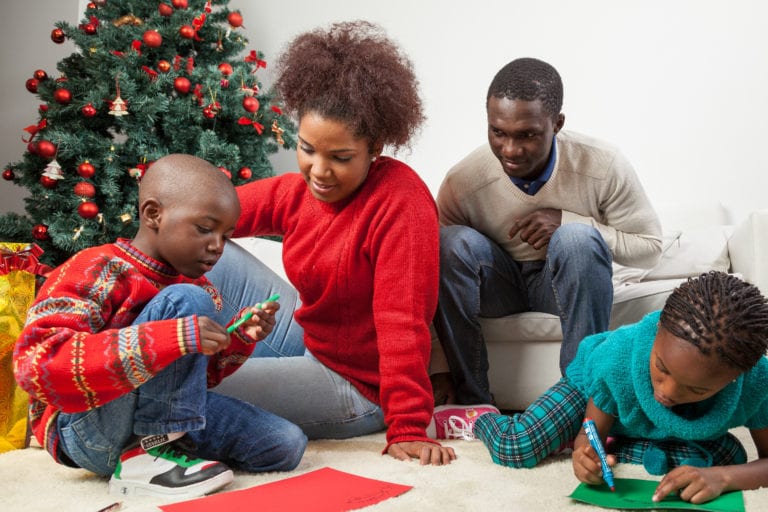Social Media Impact on Teen Relationships: Understanding the 2025 Digital Impact
Disclosure: This post may contain affiliate links, meaning I may get a small commission if you decide to make a purchase through my links, at no cost to you.
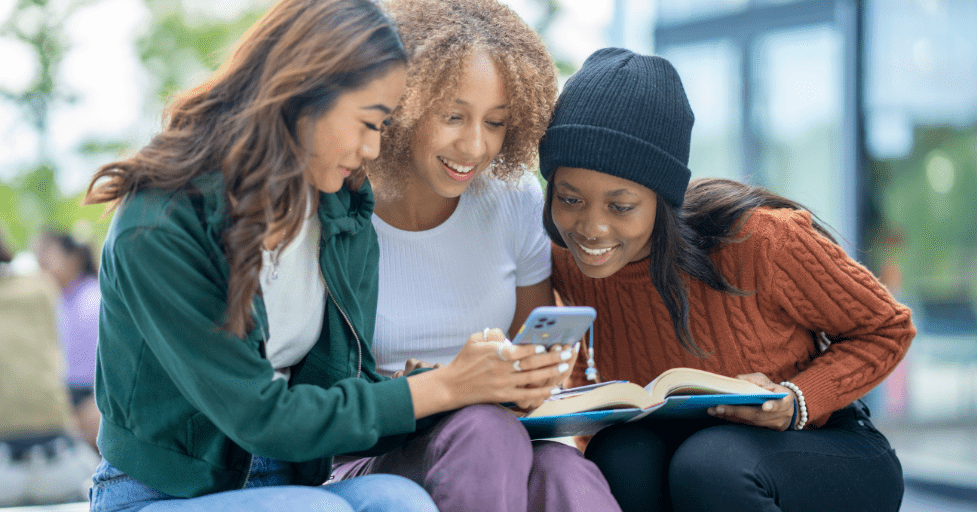
social media impact on teen relationships
Did you know that in the USA 95% of teens now have access to smartphones, and 45% say they’re online “almost constantly“? As a positive discipline educator and mom of four kids, I spent tons of time studying the fascination of social media and teenage relationships, and what I’ve discovered might surprise you!
Social media impact on teen relationships has completely transformed how our teens connect, communicate, and even fall in love.
Let’s take a look at the positive and negative effects of social media sites are having on young relationships and well as romantic relationships with teens and young adults today – both the concerning challenges and some unexpected positive developments that might give us hope.
Related:
Mindfulness Quotes for Kids and Teens
The Digital Transformation of Teen Dating
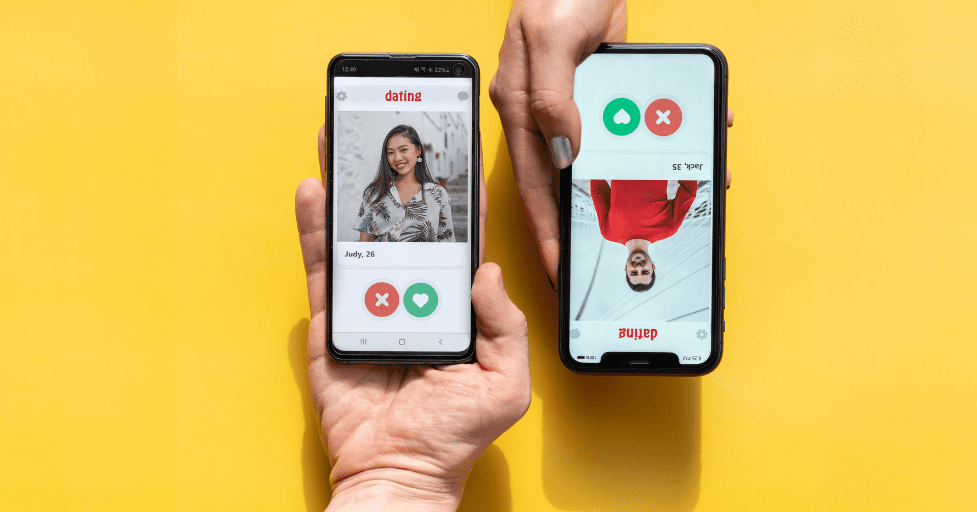
Let me tell you, as both a mom of four young adults and an educator, watching the evolution of teen dating in the digital age has been absolutely mind-blowing!
Fifteen years ago, passing notes in class was still the go-to way to express interest in someone. Now? It’s all about the perfectly timed Instagram like or the strategic Snapchat streak.
How Dating Apps and Social Platforms Have Changed Traditional Dating Patterns
According to a recent Pew Research study, 72% of teens say they spend time with their romantic interest online before ever meeting in person.
That statistic hit home for me last year when a student told me she had been “dating” someone for three months – entirely through Instagram!
Social media impact on teen relationships has changed! The traditional pattern of meeting at school, hanging out in groups, and gradually working up the courage to ask someone out has been completely flipped on its head.
These days, teens often form deep emotional connections online before ever meeting face-to-face. I’ve seen this play out in my my neighborhood too – students who barely speak to each other in person but have intense relationships in the digital world.
But here’s the thing – it’s not all doom and gloom like some might think. I’ve noticed that many teens actually feel more comfortable expressing their true feelings through text or DMs first.
It gives them time to think about their responses and reduces some of that awkward in-person pressure that we all remember from our own teen years!
Related:
The Rise of “Soft Launching” Social Media Impact on Teen Relationships
Okay, can we talk about “soft launching” for a minute? If you’re scratching your head like I was when I first heard this term, let me break it down. It’s this fascinating new trend where teens gradually hint at their relationship through subtle social media posts before making it “official.”
Think: posting a photo of two hands holding coffee mugs, or sharing a sunset pic with just a glimpse of their special someone’s profile.
Parents often express confusion about why their teens can’t just announce they’re dating someone like we used to.
But what I’ve learned is that soft launching serves as a kind of digital safety net. It lets teens test the waters and gauge their friends’ reactions before fully committing publicly to the relationship.
Social Media Impact on Teen Relationships Milestones and Expectations
The traditional relationship milestones have gotten a complete digital makeover! Remember when “going steady” meant wearing someone’s class ring?
Now it’s all about making it “Instagram official” or sharing that first couple’s selfie. As a mom and educator, I’ve had to adjust my understanding of what these modern milestones mean to teens.
I remember sitting with my son after he changed his relationship status on Facebook, and he was more nervous about that than he had been about actually asking his girlfriend out! These digital declarations carry real emotional weight for teens – they’re not just casual posts.
The most surprising shift I’ve observed is how public these milestones have become. Every step of a relationship is now potentially documented and shared with hundreds (sometimes thousands) of followers. It’s created this interesting pressure where teens feel they need to perform their relationship for an audience.
Statistics on Teen Social Media Usage in Romantic Contexts
The numbers around teen social media usage in dating contexts are pretty eye-opening. A recent study by Common Sense Media found that 84% of teens say social media helps them feel more connected to their romantic partners.
In my classroom discussions, nearly every student admits to checking their crush’s social media profiles multiple times a day.
What really catches my attention is how this constant connection affects relationship dynamics. Teens now expect almost immediate responses from their partners .
The days of waiting by the phone are long gone! I’ve seen this create both stronger bonds and increased anxiety among my students.
Role of Direct Messages (DMs) in Modern Teen Courtship
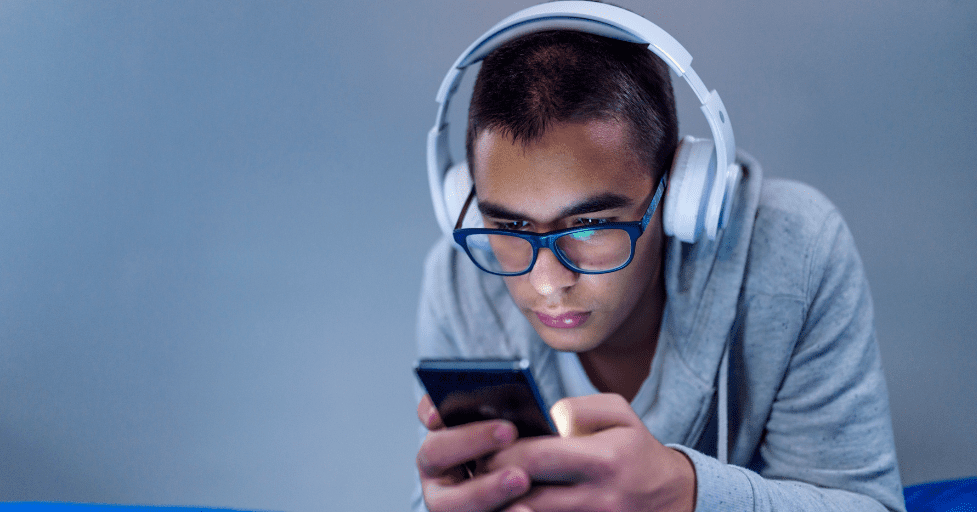
Direct messages have essentially become the new first date! Through my years of working with teens, I’ve noticed a pretty consistent pattern: it usually starts with liking a few posts, then progressing to responding to stories, and finally moving to DMs. It’s like a digital dance of sorts!
The beauty of DMs (and yes, there are some positives!) is that they allow teens to get to know each other in a low-pressure environment.
I’ve seen incredibly shy students build confidence through these private conversations before taking things into the real world.
However, I always remind my students and my own kids about the importance of meeting people in person eventually – screens can only tell us so much about someone.
I always tell parents – don’t dismiss these digital interactions as “not real dating.” For teens, these online connections are just as meaningful as the face-to-face relationships we had at their age. The key is helping them navigate both worlds safely and authentically.
Mental Health & Social Media
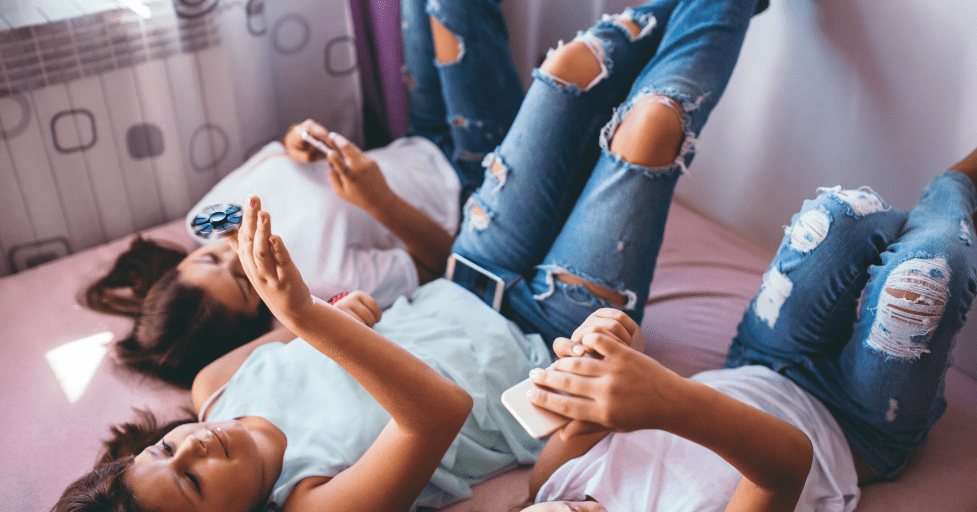
As a positive discipline educator and mom of four, I’ve spent countless nights worrying about how social media affects our teens’ mental health.
When I read that the American Academy of Child and Adolescent Psychiatry found a 40% increase in teen depression since social media became ubiquitous. This isn’t just statistics – I see the impact every single day in the classroom.
Related:
Activities for Teenagers on Self-Esteem
Best Teen Stress Relief Products
Connection between Social Comparison and Relationship Satisfaction
Let me share something that happened in my classroom recently that really opened my eyes. During a group discussion, one of our students confessed she’d broken up with her boyfriend because their relationship didn’t look as “exciting” as her friend’s Instagram posts. How heartbreaking is that?
The research backs up what I’m seeing – a 2023 study in the Journal of Social Psychology found that teens who frequently compare their relationships on social media report 52% lower relationship satisfaction. That’s huge, folks!
Here’s what I’ve noticed tends to trigger unhealthy comparison:
- Vacation and special occasion posts from other couples
- Public displays of affection online
- Gift-giving posts and celebrations
- Relationship milestone announcements
- The number of photos posted together
Consider having “reality check moments” at home and in the classroom. Take those picture-perfect social media posts and break down what’s really going on behind the scenes.
You should see the lightbulbs go off when teens realize that most couples aren’t actually living in a constant state of Instagram-worthy moments!
Anxiety and Depression Correlations with Social Media Impact on Teen Relationships
This is the heavy stuff that keeps me up at night. The National Institute of Mental Health reports that teens who spend more than 3 hours daily on social media have a 35% higher risk of developing anxiety or depression symptoms. I’ve watched this play out in my own school, and it’s heartbreaking.
One student developed such severe anxiety about her relationship that she was checking her boyfriend’s last seen status every few minutes.
She ended up having panic attacks when he didn’t respond quickly enough. That was my wake-up call to start addressing this more directly in my classroom.
Consider having a “digital wellness check” – here are the warning signs to look out for:
- Obsessive checking of social media
- Mood changes based on online activity
- Sleep problems from late-night scrolling
- Panic about being disconnected
- Physical symptoms like headaches or nausea related to social media stress
Related:
Self Esteem Activities for Teenagers
Body Image Issues and Their Effect on Relationships
Let me share something that shook me to my core – according to the Body Image Research Center, 95% of teens have reported feeling worse about their bodies after spending time on social media.
As someone who works with teenagers every day, this statistic isn’t just a number – it’s faces I know and care about.
A teens worth – and the worth of their relationships – isn’t measured in likes, comments, or followers.
One student said that she wouldn’t let her boyfriend post any full-body photos of them together because she was convinced she didn’t look “Instagram-worthy.” Another student admitted to editing every single photo of herself before allowing it to be posted on her boyfriend’s account.
Here’s what I’ve learned to look out for and address:
- Excessive photo editing before posting
- Reluctance to be in photos together
- Comparing body types to other couples online
- Anxiety about physical intimacy due to social media expectations
- Negative self-talk about appearance in unedited photos
What gives me hope is seeing more teens start to embrace “photo dump” culture, where they post more authentic, unfiltered moments.
This works well in apps like Be Real. I’ve started encouraging this with teens I know. The most important thing I tell my students (and my own kids) is that their worth – and the worth of their relationships – isn’t measured in likes, comments, or followers.
Real love doesn’t need a filter, and the most beautiful relationships often happen in the moments that never make it to social media.
Talking to Strangers on Social Media
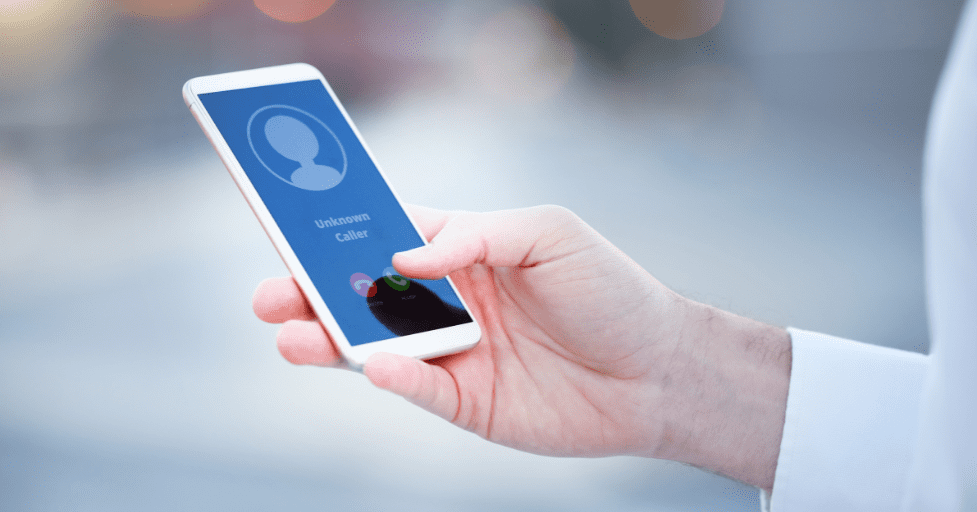
Many students I know admitted to having regular conversations with complete strangers online. The FBI’s Internet Crime Complaint Center reported that in 2023, there was a 156% increase in online predators targeting teens through social media platforms. This isn’t just statistics – it’s our kids at risk!
I remember one particularly eye-opening moment at school. A student proudly showed me how she had made a “new friend” through Instagram who shared all her interests in K-pop.
When we dug deeper into the profile together, we spotted several red flags that pointed to it being a fake account.
Here’s the “Stranger Danger Digital Edition” checklist I’ve developed:
- Always check profile creation dates
- Look for mutual connections you trust
- Be suspicious of profiles with few personal photos
- Watch for inconsistencies in their story
- Never share personal information, no matter how friendly they seem
- Trust your gut when something feels off
One thing I’ve learned as both a mom and teacher is that simply telling teens “don’t talk to strangers” doesn’t work anymore. Instead, I focus on teaching critical thinking skills.
We have done these really engaging “Spot the Fake” exercises where I create various social media profiles and have students identify potential red flags.
The most concerning trend I’m seeing? According to recent research from the National Center for Missing and Exploited Children, predators are getting more sophisticated in their approaches.
They’re using AI-generated photos, creating elaborate backstories, and spending months building trust before making any suspicious moves.
Here are non-negotiable rules for online interactions with strangers:
- Never move conversations to private or encrypted platforms
- Don’t accept friend/follow requests from unknown accounts
- Avoid sharing school names or locations
- Keep personal details like age and location private
- Don’t click on links from unknown sources
- Block and report suspicious behavior immediately
At school we talk about their online interactions and identify potential risks together. You wouldn’t believe how many “oh wow, I never thought about that!” moments we’ve had!
Remember parents and teachers – our goal isn’t to scare teens away from social media completely. It’s to equip them with the tools they need to navigate it safely.
As I always tell my young friends, “You wouldn’t get in a car with a stranger in real life – treat your online space with the same caution!”
My kids know they can come to me about any suspicious online interaction without fear of getting in trouble. This open communication can save teens from a potentially dangerous situation when they felt comfortable enough to show you some concerning messages they’d received.
The digital world can be an amazing place for connection and growth, but just like we teach our kids to look both ways before crossing the street, we need to teach them to check both ways before connecting online!
Conclusion to Social Media Impact on Teen Relationships:

While social media impact on teen relationships has fundamentally changed how teens navigate relationships, understanding these changes helps us better support young people in building healthy connections.
Whether you’re a teen, parent, or educator, implementing the strategies we’ve discussed can help foster more positive digital relationship experiences.
Remember, the goal isn’t to eliminate social media from teen relationships, but to help young people use it mindfully and safely.
Call to Action: Ready to create healthier digital habits in your relationships? Start by implementing one thing we’ve discussed today, and share this article with someone who might benefit from these insights.
GET FREE ACCESS TO OUR LIBRARY OF FREE PRINTABLES AND RESOURCES!
Enter Your Name and Email for FREE Access to our Library of FREE Home and Family Printables Series!





